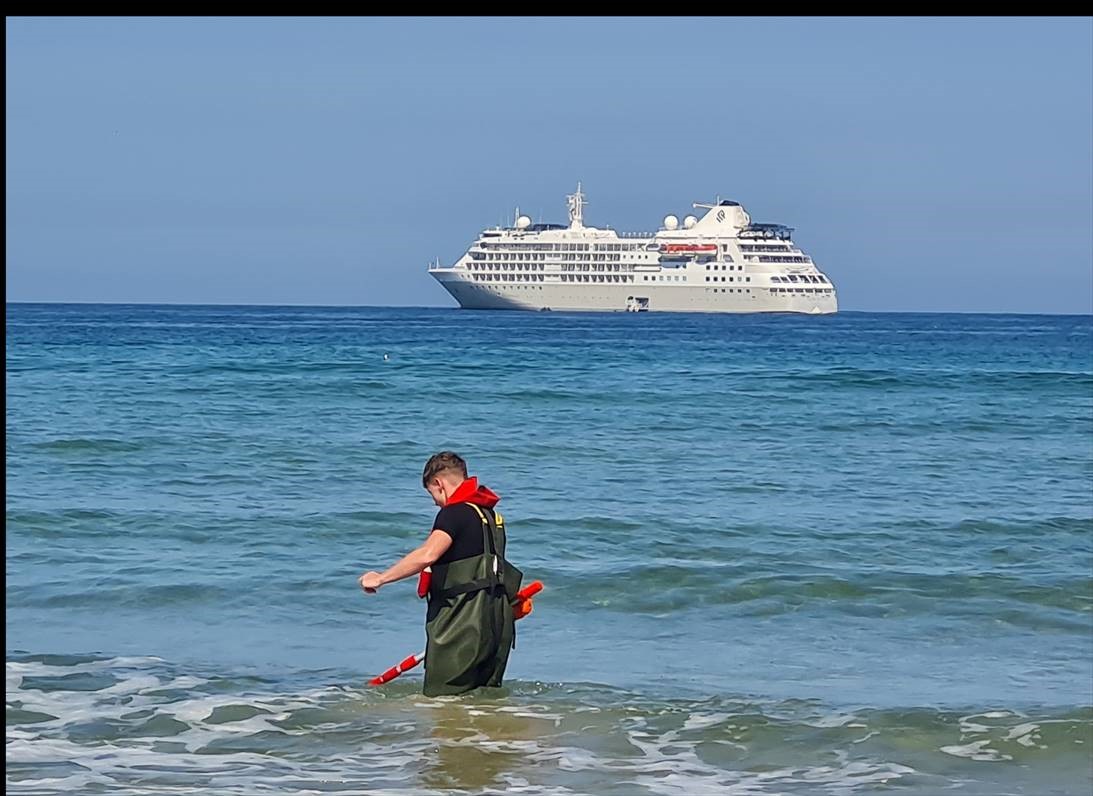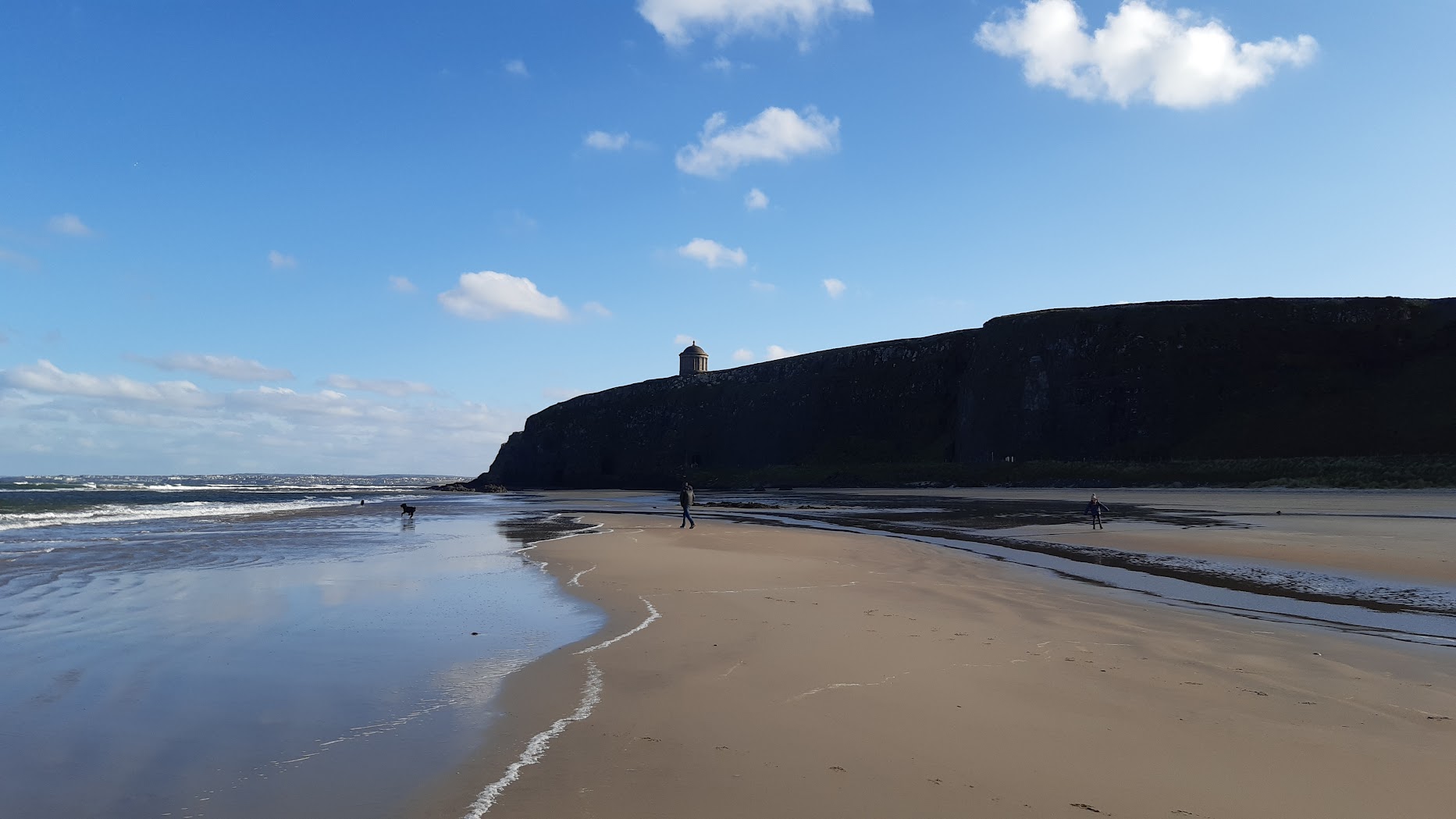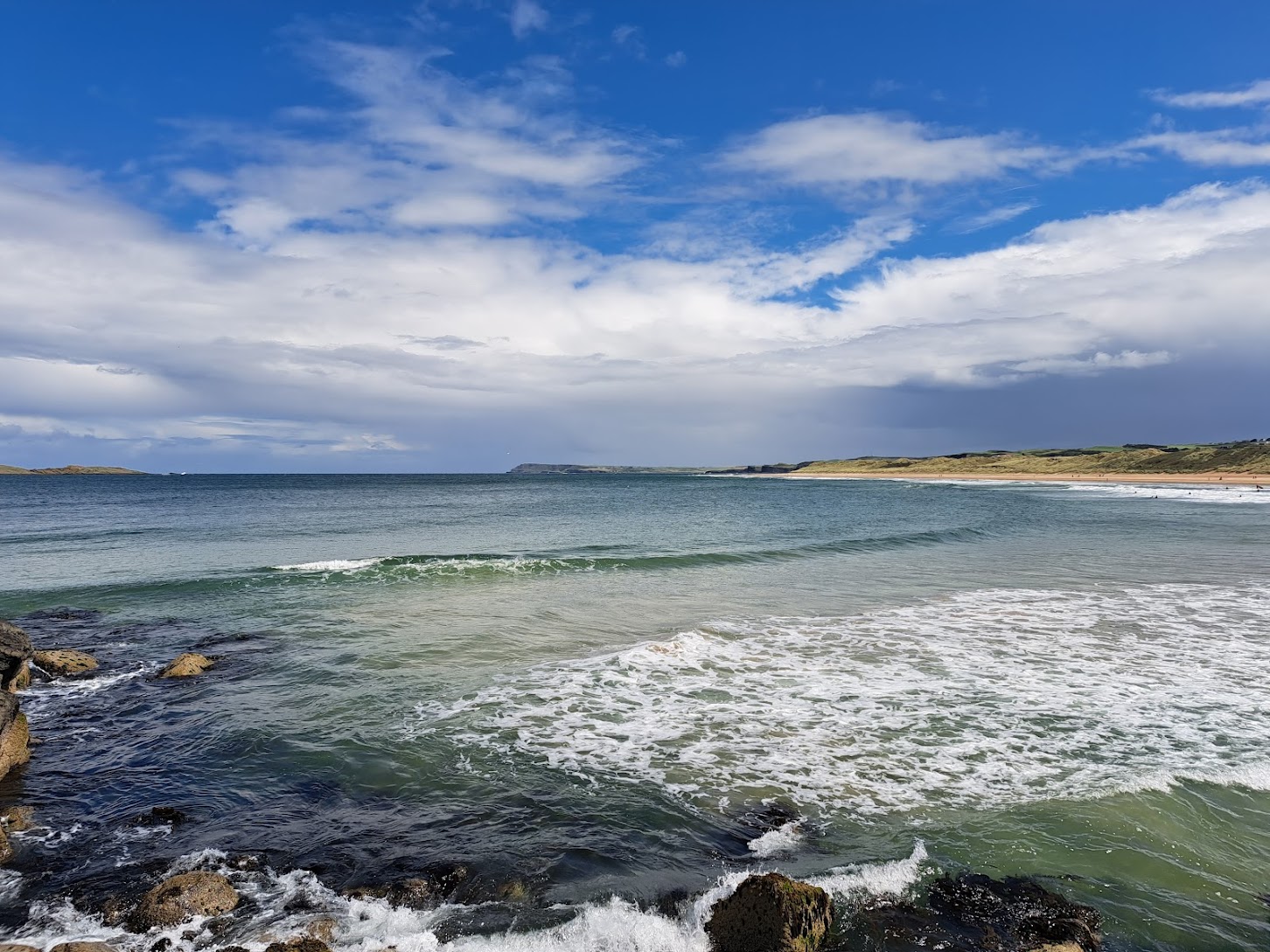What does it mean that a bathing water has quality issues?
Bathing waters are monitored and assessed for faecal indicator bacteria set by The Quality of Bathing Water Regulations (Northern Ireland) 2008 (legislation.gov.uk). The higher the numbers of faecal indicator bacteria present in the water the poorer the water quality and the greater the risk to human health.
When the levels reach the threshold then a ‘poor bathing quality - advice against bathing notice * ’ is issued by the Bathing Water Operator.
* >1250 E. coli colony forming units/100ml for marine sites, >2250 E. coli colony forming units/100ml for inland sites e.g. Rea’s Wood.

What are the risks to human health?
Swimming in water with elevated levels of faecal indicator bacteria can increase the risk of getting sick due to potential exposure to pathogens. Possible health concerns include gastrointestinal upset, skin irritation or infection or upper respiratory illness.
Why does the level of bacteria fluctuate?
There are two main sources of faecal indicator bacteria, farm runoff and from wastewater infrastructure. During heavy rainfall events there will be a combination of agricultural runoff from land, and also storm overflows to rivers and the sea.

What steps can I take to protect myself?
Poor water quality (in terms of faecal indicator bacteria) can result after periods of heavy rainfall. DAERA standing advice is not to bathe during heavy or prolonged rainfall or for up to 48 hours after such weather.
Look out for any signs erected at each site by the bathing water operator which will have specific advice for bathers.
If you have any concerns about possible pollution incidents, please report to the Water Pollution Hotline: 0800 80 70 60, or email: emergency-pollution@daera-ni.gov.uk

Where can I find out more information?
Water monitoring sampling of the 26 identified bathing waters and 7 candidate bathing waters in Northern Ireland takes place between mid-May and mid-September. The results are provided during the bathing water season (1 June – 15 September) on the DAERA and NI Direct websites.
There are details provided in the Bathing Water Profiles (daera-ni.gov.uk) for each identified site, including possible sources of contamination and how they can be mitigated against.
DAERA is also working closely with researchers in the Agri-Food and Biosciences Institute (AFBI) to better understand the factors impacting bathing water quality. AFBI with DAERA is continuing the development of predictive bathing water quality models, under the Swim NI (keepnorthernirelandbeautiful.org) programme, with predictions for six bathing waters available to the public during the bathing season. This model is currently in the pilot stage and daily water quality predictions are based on forecasted weather. Results are updated daily at 09:00 and made available on the Swim NI webpage and app, and are shared with the Surfer’s Against Sewage Safer Seas and Rivers Service (SSRS app). This system provides members of the public with a warning when there may be poor water quality brought about by weather and tidal conditions, enabling them to make an informed choice about bathing.
